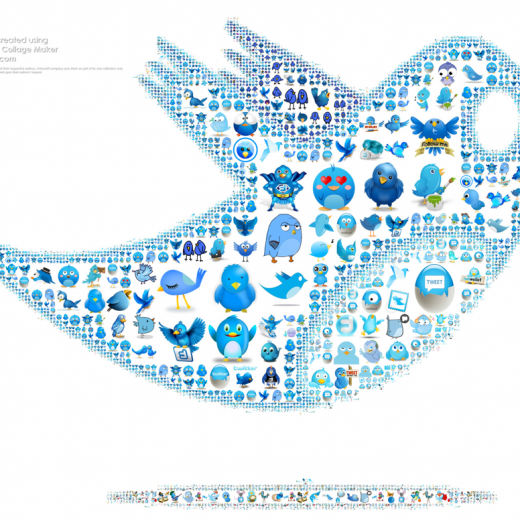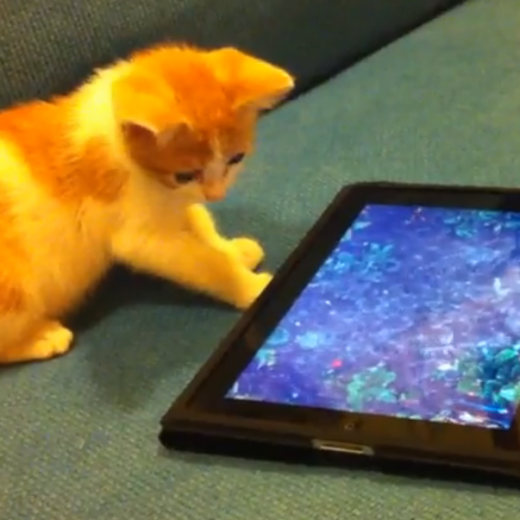Sell Some D*mn Books
If you want to publish your book, you need to think about sales.
Many people think that writing and publishing a book automatically means a passive stream of income, passive revenue, easy money. But actually to succeed in the world of publishing you need to sell the book to make the money. And that doesn’t happen by itself.
Here’s the bad news. Publishing a book and all that it entails is a business.
The good news! You can sell books.
Okay. Now stop a second and make sure you’ve read up on the basics of publishing in my previous article “Getting Published is Easy: 8 Things You Need to Know to Get Published.”
Yes, we’re talking marketing. Marketing begins as soon as you decide you’re writing a book for more than just yourself. This moment can come before, during or after the book is written, depending on your publishing process –- self vs. independent vs. traditional publishing. Picking what kind of publishing is right for you is the subject of another article. 🙂
To sell your book you need two things: you need a platform, and you need a list of prospective buyers. First you build your platform, then from your platform, you build your list.
More good news! You can do this! You wrote a book, right? (Or have the guts to plan to write one!)
Your Platform
A platform consists of three parts: your author bio, your book’s message, and your branding.
Your Bio
In the author’s bio, you need to put what makes you special and unique, and what makes you especially qualified to be the right author for this book, and future books. You don’t want to put in the kitchen sink! Just what is relevant to the book’s topic and theme –- so, put in your expertise and hobbies, if relevant to the book and the brand you’re building.
Tip: For examples of author bios, read author bio’s on book jacket flaps and on author websites.
Your Message
Your author message will be framed differently whether you write nonfiction or fiction. However, regardless of your genre, your author message needs a unique hook, needs to be concise, and needs to emotionally connect with the reader. For example, author, Stephanie Tyler’s message is “Romantic suspense starring strong military heroes.” (http://stephanietyler.com/). Author Michael P. Spradlin’s message: “Action. Drama. Humor. And stuff blows up.” (http://michaelpspradlin.com/) Michale Connelly: crime journalist turns crime novelist inspired by Raymond Chandler. (http://michaelconnelly.com/index.html) Malcolm Gladwell, Author of Outlier, Blink and The Tipping Point, and now, What the Dog Saw (2009): Outlier Canadian journalist turns his cogent eye on the world. (http://www.malcolmgladwell.com/)
Note: Some of the authors’ messages are plainly written on their sites, i.e., the first two I cited. Other authors imply their message. But you can be sure they know their message, and we readers can determine what it is from their sites., i.e., the second two examples.
Branding
Branding is a meaty topic. While I’m not a branding expert, I am an author who has applied what I’ve learned from being a business person, and from working a web design firm that essentially brands authors, Waxcreative Design, http://waxcreative.com/. (In the interest of full disclosure, the first two examples from the point above are drawn from the Waxcreative’s portfolio of clients.)
In a nutshell, branding is a promise. For authors, branding is your promise to your readers.
For example, when you pick up a Jack Canfield book you know you will be given a feel- good, inspirational, motivational, and how-to type book that can you can relate to multiple areas of your life. If you pick up a Stephen King book you know you’re in for a scary ride. Nora Roberts – empowered women find love. But J.D. Robb, Nora Roberts’ other author name, futuristic mysteries. Suze Orman – financial straight talk. The branding message then gets translated in visual elements and language, all to convey your promise.
The stronger and more clear you are on your platform, the better you will be able to build your list. Readers will be able to differentiate you from the competition. Your audience will be able to feel connected to you.
List Building: The Three Rings
Draw a black dot in the center of the page. Around that dot, draw a circle. Around that circle draw a second circle. Then around that circle draw a third circle. Those are your three rings. In the center of the three rings, the black dot is your platform.
Start an excel file to capture your prospective readers in a list. Make fields for all their contact information: name, address, phone, email, etc. Or use a different contact management system, if you prefer.
The first ring represents your friends and family already in your address book.
Smile. Who in your friends and family would be happy to hear from you and would be curious about the fact that your book is coming out? Put them on your list.
The second ring consists of acquaintances, people in your environment, past or present, that you’ve been around, or have some connection to: colleagues, fellow club members, fellow alumni, church/synagogue goers, etc. Gather their names and contact information by requesting it via email, chatting over coffee, seeing them at the gym, and so on. Add them to your list. Ask and you shall see who is curious to know when your book comes out!
Tell The World!
Now that you’ve built your platform, and your first two rings of your list, you can use marketing and publicity to fill out the third ring.
Your third ring, or two degrees of separation, or more, consists of friends of friends, friends of family, friends of acquaintances, and on and on, all the way to strangers attracted by your message, bio, and/or branding. And attracted because of your marketing efforts.
Before notoriety and media exposure, there’s word of mouth, or word of mouse. Also called viral marketing. Word of mouth is still one of the most powerful way books get sold, read and passed on!
You can and should collect names and build your list online by:
1) having a contact management tool like getresponse.com, constantcontact, webassist, emma, etc.
2) giving away a little something to get people’s email addresses, ie., a sample chapter, author forum access, a special mp3 or video.
Back to Selling
You want to make money selling your book. You gotta tell the world. If you can write a book, you can sell books. Go be in action!
Originally published online at The National Networker: Subscribe today!







